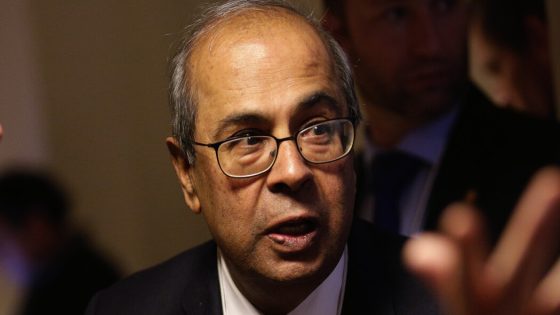Birth rates in Australia have plummeted following the post-COVID-lockdown baby boom.
KPMG analysis of population and birth data has found there were 26,110 fewer babies born in 2023, compared to 2021 — a drop of 8.28 per cent.
The number of babies born in 2023 (289,100) was the lowest since 2006.
KPMG urban economist Terry Rawnsley said cost-of-living pressures appeared to have had a strong impact on birth rates, which are often influenced by economic conditions.
“We haven’t seen such a sharp drop in births in Australia since the period of economic stagflation in the 1970s, which coincided with the initial widespread adoption of the contraceptive pill,” he said.
Disruption due to the COVID-19 pandemic saw birth rates fluctuate significantly in the past four years.
“Following the uncertainty of pandemic lockdowns, people who had held off having children decided to start families,” Rawnsley said.
The number of births in Australia dropped between 2023 and 2021. Source: SBS News
He said record-low unemployment and stimulus money from state and federal governments also likely helped provide extra encouragement for people to start having children again.
Between 2020 and 2021, there was a 7.3 per cent increase in births in Australia, with 315,210 babies born in 2021.
But since then, Australians have faced several .
The Reserve Bank increased the cash rate 13 times between May 2022 and November 2023, leading to higher mortage payments for homeowners.
In 2022, the number of births dropped to 302,900 babies, before dropping further in 2023.
“With the current rise in living expenses applying pressure on household finances, many Australians have decided to delay starting or expanding their families,” Rawnsley said.
With the current rise in living expenses applying pressure on household finances, many Australians have decided to delay starting or expanding their families.
Terry Rawnsley, KPMG urban economist
Rawnsley has such as housing affordability, in discouraging young people to have children, or to expand their families.
“If you live in a two-bedroom unit in Sydney, and that’s what you can afford, having one child makes logistical sense,” he told SBS News earlier this month.
“But having two children — it’s much harder to do that in a two-bedroom apartment [and] you might not be able to afford a three-bedroom townhouse.”
Rawnsley said the current figures also showed how economic issues could impact people’s decision to have kids.
He pointed to the situation in Canberra, which was the only capital city not to record a drop in births since 2019, with around 5,500 babies born in both 2019 and 2023.
Rawnsley said price rises there had been “slightly subdued” compared to other major cities.
“The economic outlook has remained strong,” Rawnsley said.
“This means families have not been hurting as much as those in other capital cities, and in turn, we’ve seen a stabilisation of births in the ACT.”
The town where women are having more than three children
Another area that is bucking the trend for declining birth rates is Gilgandra, the western NSW town where 77 babies were born in 2023.
It has the highest birth rate of any area in Australia, although data for Tasmania, South Australia and Northern Territory was not available.
Women in Gilgandra have on average 3.38 children — much higher than the overall birth rate in Australia, which was 1.6 in 2023.
A birth rate of 2.1 babies is required to maintain a constant population size over the long term without migration.
The affordability of housing in Gilgandra could be playing a role. The town’s median house price is $260,000, according to the Domain Group.
Compare that to the median house price in Sydney, which is $1.6 million — the highest of any capital city.
The next most expensive areas — the ACT and Melbourne — both have a median of just over $1 million.
Gilgandra in NSW has the highest fertility rate, although data for Tasmania, South Australia and the Northern Territory were not available. Source: SBS News
Other regional NSW towns also feature among the areas with the highest fertility rates, including Narrabri Surrounds; Coonamble; Nyngan – Warren; Inverell Surrounds – East; and Condobolin.
Those living in regional Queensland were also more likely to have bigger families including Tara; North Stradbroke Island; Far South West; Kingaroy Surrounds – North; and Rockhampton Surrounds – East.
In contrast, the areas with the lowest birth rates were mainly located in inner-city areas of capital cities.
Most of the areas with the lowest fertility rates were inner-city suburbs located in capital cities. Source: SBS News
The average fertility rate in the Greater Sydney area was just 1.57 children per woman.
But births in regional areas had also now returned to pre-pandemic levels, Rawnsley said.
“The baby boom driven by younger Australians shifting to the regions ran out of steam,” he said.
Tasmania was the only region to record a noticeable increase in births in 2023 compared to 2019, with its births increasing by 2.1 per cent to 5,850 babies.





